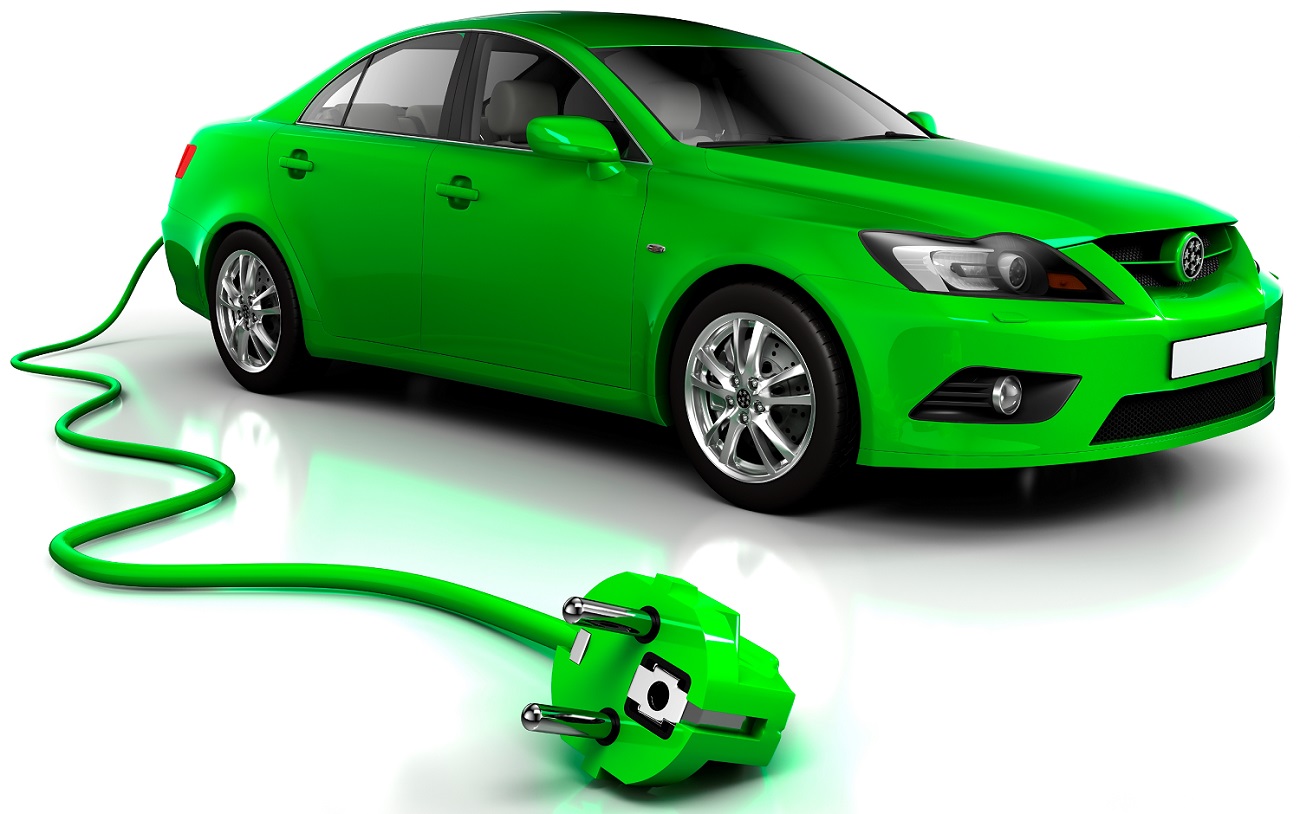By Vinnie Mehta
…With very few moving parts in an EV, the aftermarket will be completely wiped out.
Last week’s spat between the NITI Aayog and the automotive industry was most undesirable. The industry and the government came to loggerheads with the latter wanting to fast-forward the transition to complete electrification of the conventional IC engine drive for all two- and three-wheelers below 150cc by 2023 and 2025, respectively. Media reports suggest that the deadline for passenger vehicles could also be brought forward to 2030.
One must keep in mind that is not happening at the most opportune of times. Automotive sales have plummeted this fiscal, probably one of the worst performances in the last 18 years, and that apart, the situation continues to be made worse by increasing insurance costs, high prices of raw materials and volatile fuel prices and now a delayed monsoon. That apart, the industry has invested to the tune of ₹70,000-80,000 crore alone in upgrading to BS-VI (Euro VI) from BS-IV, leapfrogging altogether a technology generation i.e. BS-V. Introduction of BS-VI will be followed by even more stringent CAFÉ norms as also RDE (real drive emission) tests that will further limit tail pipe emissions. If sales do not pick up in the next few months, the industry is up for serious trouble. To add to that, Q1 FY21 is expected to be blank with steep price hikes across vehicles owing to the new emission norms.
The auto and the component industry in India is a shining example of ‘Make in India’; with over $118 billion and $55 billion, respectively, in turnover employing 6.5 million and 3 million personnel, respectively. The vehicle industry exports 4.6 million units and the component sector $15.1 billion, one-third of its production annually. While the auto and auto component industry whole-heartedly support the government’s intent of ushering in e-mobility and have already started preparations, a 100% transition in the next few years would translate into decimating the existing vibrant ecosystem of this unique industry. That apart, with very few moving parts in an electric vehicle, the very vibrant aftermarket, largely in the non-formal sector, would also be completely wiped out.
While the industry is facing an unprecedented situation, the challenges that the government is trying to address are no less serious. Fourteen Indian cities are among the twenty most polluted in the world in terms of harmful particulates (PM 2.5) as air pollution is increasing mortality rate. Concerns over a rising import bill on account of fossil fuels and the energy security needs of a vast nation of our size need to be addressed with alacrity, lest the courts take suo motu action. The industry stands firmly with the government on these. Having said that, the recent move by the government to bring forward the dates comes on the back of the recent, must appreciated, FAME-2 policy of the department of heavy industry in early March. The phased manufacturing programme, announced simultaneously, lays much required thrust on localization of EV parts. The policy aims to create market for one million e-2Ws and five lakh e-3Ws in the next three years; it also offers a modicum of incentive of ₹10,000 per kWh of battery which translates to a subsidy of ₹20,000 per electric scooter. A move to move the goal posts nearer has left the industry confused; no investor likes to add to the existing uncertainties.
A pragmatic approach for the government would be to create a stable, long-term technology-agnostic and form-factor-agnostic road map in consultation with the industry to ensure a smooth evolution rather than a disruption. A stable ‘e-we’ policy is the need of the hour, rather than a ‘theirs’ or ‘ours’ policy.
Vinnie Mehta is director general at the Automotive Component Manufacturers Association of India. Views expressed here are personal.
Opinion: Shifting the goalpost nearer has confused automobile industry
Sign in
Welcome! Log into your account
Forgot your password? Get help
PRIVACY POLICY PAGE
Password recovery
Recover your password
A password will be e-mailed to you.












